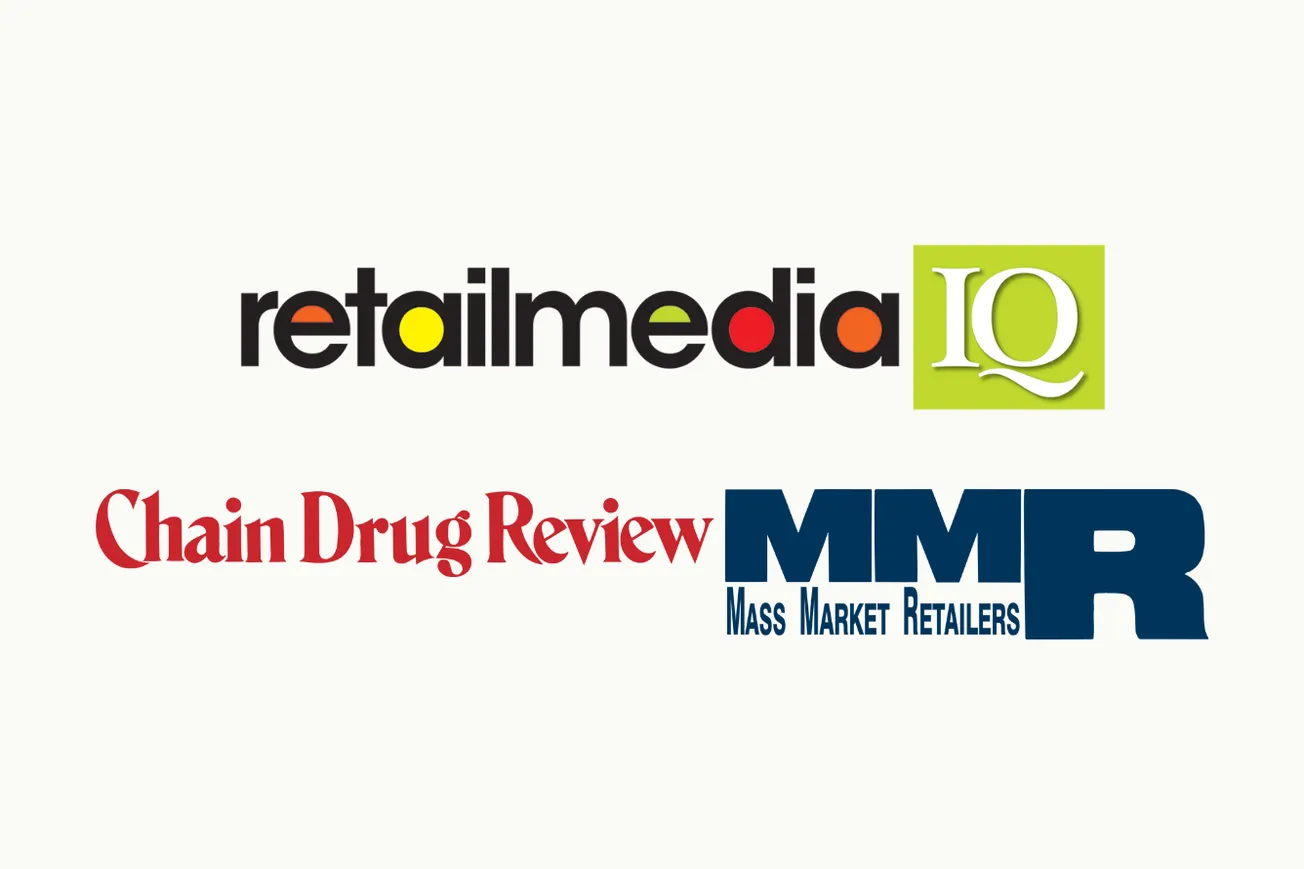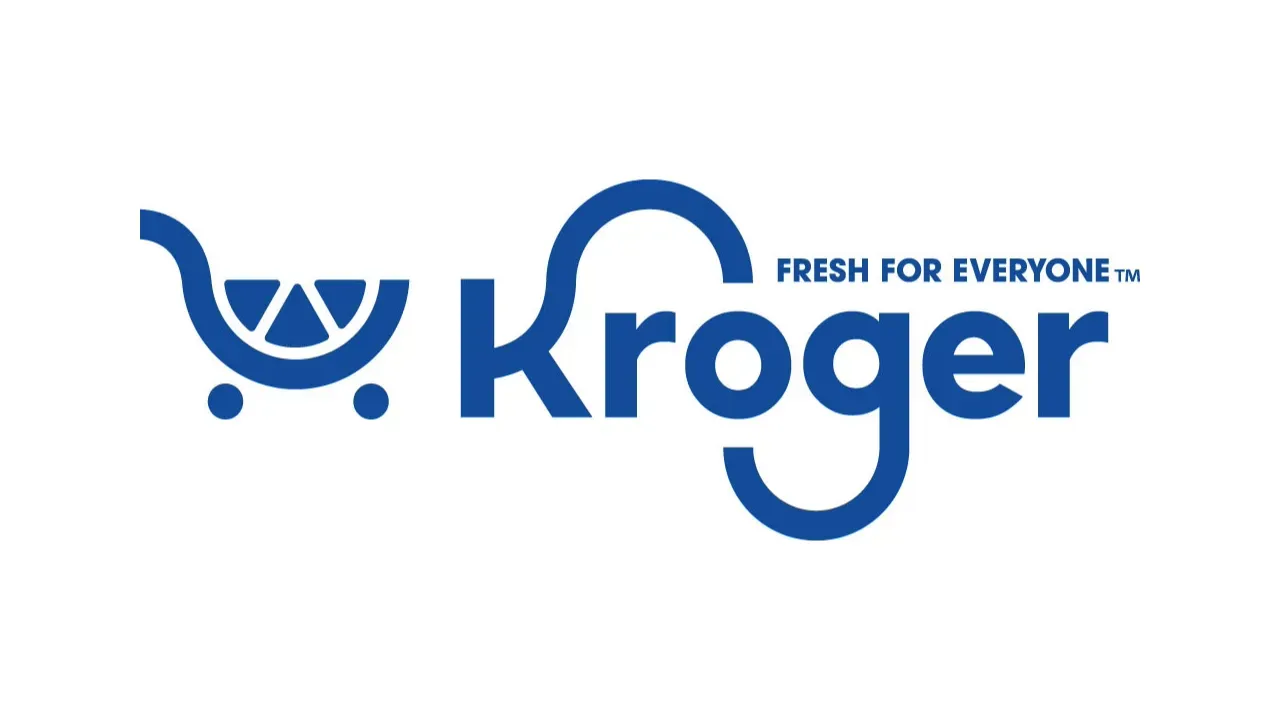If you’re a music buff (or just of a certain age), you likely remember “Video Killed the Radio Star.” The first music video, it transformed the industry, replacing radio as the best way to spike record sales. A cautionary tale and lament for radio’s golden age, it spoke to the changes brought by technology and the choice we have to adapt or stay behind while others move on.

Jason Reiser
We have that choice now with retail media. Used to be, retail media was limited to in-store ads, sampling, loyalty cards, coupons and the like. With technological advances, its potential has exploded, given its unique combination of rich first-party customer data, measurable closed-loop systems and advertising space on e-commerce websites, apps and social platforms. Still in a transformative stage, it’s disrupting advertising as we know it. Ad dollars are moving from digital social to retail media, and as much as $100 billion in Retail Media Network (RMN) ad spending is projected by 2026. Still, some are hesitant, given the investment, current lack of standardization and inevitable growing pains as retailers ramp up publishing and reporting capabilities. What to do? Embrace the uncertainty and move forward. Now.
In today’s omnichannel marketplace, physical and digital touchpoints are more entwined than ever before, and consumers expect seamless shopping experiences and highly personalized messaging at relevant touchpoints along the path to purchase. But the upcoming demise of third-party cookies will soon leave a big void impacting our ability to do this.
Retail media fills that void and then some. A virtual gold mine of higher-quality first-party targeting data, it provides access to an ever-expanding number of touchpoints around point of purchase and lets you adjust your approach in real time based on a shopper’s behavior. Plus, its closed-loop reporting directly ties media placements to purchases.
And it’s working. Nearly 70% of advertisers surveyed by McKinsey say their performance in retail media is significantly or somewhat better than in other channels.
The big players have already jumped in, and smaller retailers are starting to follow. Amazon has led with stunning growth, but Walmart, Instacart, Walgreens, Target, Albertsons, Kroger and Best Buy, among others, are also creating robust RMNs to drive brand awareness and conversion. Take Walmart Connect, a relatively new platform. Our early-adopter clients have seen some good results here as they connect with customers at critical points across the Walmart ecosystem.
Are the new RMNs perfect yet? No, but don’t let that stop you. As you move forward, consider:
• Retail media requires a major shift in thinking. Retailers are now publishers; suppliers are advertisers. And this is no longer a “nuts and bolts” tactic but instead a powerful business driver — which is why many marketers are funding it from new budget sources like brand media. So if you’re worried that increasing RMN spend could cannibalize budgets earmarked for marketing directly to in-store or co-op shoppers, don’t!
• Yes, retailers need the right tools and platforms, but they have to be able to clearly communicate the value of their specific RMN. What’s your unique value proposition? How can you help specific brands best connect with their targets across the full funnel?
• Smart marketers are integrating retail media into full-funnel, integrated campaigns that tie to retailer best-bets. But which RMN should you partner with? Carefully evaluate: What is their targeting capability? Which provides the most significant benefits? Which offer reach? Which are of high relevance to my customer?
• For the first time, markets can factor retail media into media mix models to compare profitability against other options. Look to retailers who can provide detailed, quantifiable metrics on self-serve collaboration platforms for planning and execution — like those available on the digital side.
Retail Media Networks are transforming the industry. Retailers who invest early and best meet advertiser needs will benefit from this new revenue stream and gain an edge over competitors. Marketers who engage now will have a chance to shape the future while reaping the benefits of first-party data and closed-loop attribution and may even gain preferred customer benefits later. With the value of retail media so clear and the post-third-party cookies world so near, what are you waiting for?
Jason Reiser is president of Market Performance Group, marketperformancegroup.com.






